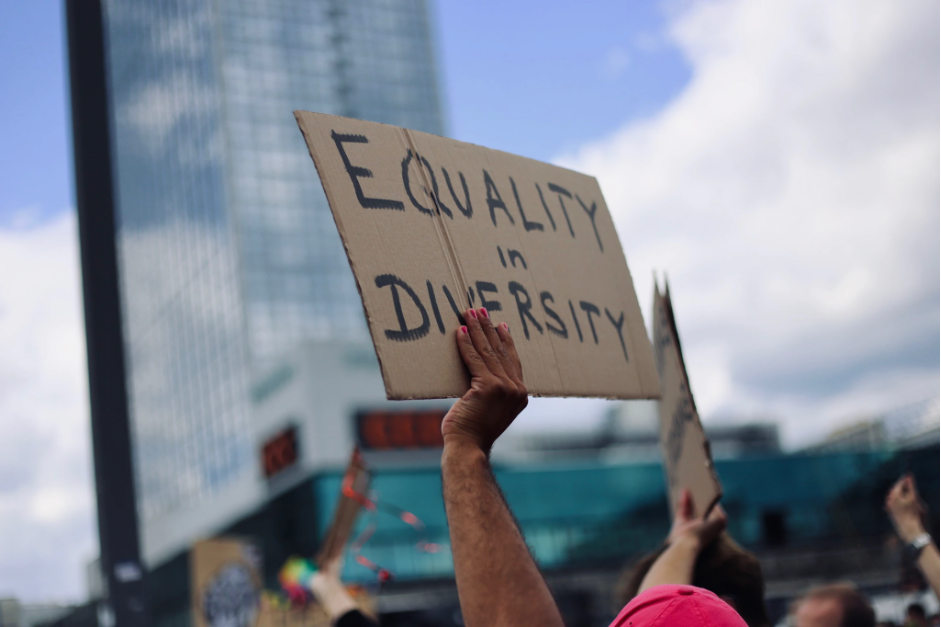Guide on Educated Conversations
In today’s increasingly globalized world, cultural awareness is more important than ever. It’s essential to be able to have respectful and educated conversations about culture in order to foster understanding and appreciation for diversity. In this article, we will provide tips and examples on how to do just that.
You can use the pointers from this article to improve your communication skills and develop a deeper understanding of different cultures. Whether you are interacting with people from different cultural backgrounds in your personal or professional life, these skills will be invaluable. Let’s dive in and learn how to have an educated and respectful conversation about culture.
What Is Cultural Awareness? The Corporate Definition

What Purpose Does Cultural Sensitivity and Awareness Serve in the Workplace?
Cultural awareness and sensitivity play a crucial role in the workplace. Cultural sensitivity means being able to communicate effectively and respectfully with people from different cultural backgrounds, and to use their culture as a tool to improve outcomes for them. In today’s increasingly globalized and diverse business environment, it’s essential for organizations to be able to effectively communicate and collaborate with a workforce that is comprised of different identities, experiences, and cultural backgrounds. By developing cultural sensitivity and awareness, both leaders and employees can improve communication, foster inclusivity, enhance productivity, and solve problems more effectively.
An environment like this helps create a harmonious and successful workplace that allows for innovative action plans and initiatives that better serve the marketplace. This is a tremendous benefit, both for the organization and its employees. Let’s explore the various purposes that cultural sensitivity and awareness serve in the workplace.
The Global Economy Is Made Up of an Increasingly Diverse Population
As the global economy becomes more diverse, with people from a wide range of cultural backgrounds working together in organizations, it’s important for employees to be able to effectively communicate and collaborate with their colleagues. Cultural sensitivity and awareness help employees better understand and appreciate the values, beliefs, and behaviors of people from different cultures, which can facilitate more effective communication and collaboration.
For example, if an employee is working on a project with a colleague located in an office in another country, being culturally sensitive and aware can help them to understand and respect their colleague’s communication style, work habits, and decision-making processes. This can lead to a more productive and successful project outcome.
Why Bias, Discrimination, and the Lack of Consideration for Cultural Sensitivity Is Hurtful All Around
Let’s look at a practical example of this in an everyday workplace situation. Let’s say you’re in a meeting and most of the people in the meeting think from an individualistic point of view, which is often seen in western culture and in this same meeting there is a very small group of people who think from a more collective and team based view, which is commonly reflected in eastern culture. In this meeting, the matters being discussed require an immediate and effective solution. If there is no cultural sensitivity to understand and appreciate the context behind the minority perspectives, then their contributions in this meeting can be minimized even though their solution may be better suited and more valuable for the situation at hand.
Beyond just this example, bias, discrimination, and the lack of consideration for cultural sensitivity can be hurtful for several other reasons:

How to Start the Conversation About Cultural Competence in the Work Environment
Begin by asking open-ended questions and encouraging participants to share their experiences, perspectives, and thoughts. Encourage respectful dialogue and avoid making judgments.
Tips for Going Beyond Tolerance and Implementing Effective Cultural Competence Training Sessions

Focus On Understanding and Appreciation
Rather than just tolerating cultural differences, aim to understand and appreciate them. Encourage participants to learn about and understand other cultures, rather than just accepting them.
Encourage Open-Mindedness and Non-Judgment
Encourage participants to be open-minded and non-judgmental when learning about other cultures. This will create a more positive and respectful learning environment.
Use Interactive Activities
Use interactive activities, such as role-plays, case studies, and group discussions, to engage participants and encourage them to apply their learning.
Encourage Self-Reflection
Encourage participants to reflect on their own cultural values and biases and how these may impact their interactions with others.
Follow Up and Reinforce Learning
Follow up with participants after the training to reinforce their learning and provide ongoing support and resources.
Our Conclusion and Final Thoughts About Cultural Awareness in the Work Environment
By being culturally aware and sensitive, employees can improve communication, foster inclusivity, enhance productivity, and solve problems more effectively. These skills are crucial for building effective and harmonious relationships between colleagues, customers and vendors from different cultural backgrounds.
To develop cultural awareness, it’s important to be open-minded and non-judgmental and to have a willingness to learn about and understand other cultures. Education and training, as well as real-life experiences working with people from different cultural backgrounds, can help to build cultural awareness.
At Strasity, we highly recommend that you start by educating your workforce on key terms, such as cultural intelligence and defining where the organization stands in regards to these definitions. This way, the people in your organization can understand the connection between cultural competence and working across differences. Without this education, the majority of employees in any given workforce remain in the area of minimization. This is where they understand that culture exists and they may even participate in different cultural foods and activities, but they won’t go any further than this. Hence, collaborating with them can only be done through their worldview. Ongoing education better equips employees to appreciate and work more effectively across the differences that exist within varying cultures.
In conclusion, cultural awareness is an important skill to have in the workplace, as it enables employees to effectively communicate and collaborate with a diverse group of people. By fostering cultural awareness, organizations can create a more inclusive and respectful workplace that benefits both the organization and its employees.





